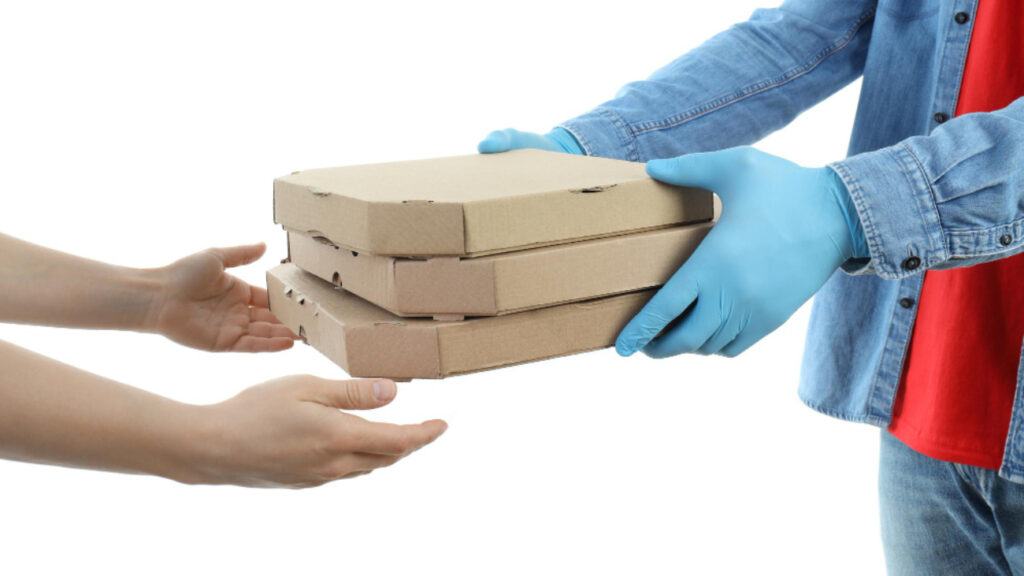Food delivery companies have a major challenge, which is to ensure delivery is on time. While ensuring this happens, they also need to provide customers a great experience. A powerful tool that is helping them to do this is Machine Learning (ML).
Food delivery and ML
ML and AI ensures that data can be easily obtained from previous orders. The use of Big Data and analytics would allow the delivery firms to track key parameters like weather and identify obstacles for smooth delivery. The system would help in understand how delivery could be optimized.
These insights would be offered on a real-time basis to the delivery person. This would ensure that food delivery happens on time on every instance. When this becomes a reality, customers would enjoy a great experience.
Bahaa Al Zubaidi explains how this works. A prediction model needs to be worked out. The model would cover the following:
1) Identifying roadblocks
Some of the roadblocks include:
- Suppliers could be caterers, restaurants, or large hotels and in case deliveries are large-sized they would need vans.
- It is important to arrive at the fixed time. Arriving early would make the food cold by the time it is served.
- Arriving late would cause customer dissatisfaction and may lead to loss of business.
2) Recognizing activities based on data
When the delivery partner is on the move, the gyro meter and accelerometer on their mobiles would read motion data. APIs on the phone would help in recognizing activities like driving, walking, being still, etc. This will help in planning the delivery, so it happens on time. For the predictive model other data inputs needed would be order details, customer preferences, location data, previous delivery performances, etc.
3) Creating the model
Many issues need to be considered while creating the delivery model. These issues include:
- Parking problems.
- Traffic congestion.
- Food not ready on time.
- Some items missing.
- Sudden road closures.
- Accidents causing traffic jams.
- Locations difficult to find.
- Access and security restrictions at locations.
Based on all these factors, the delivery model would be created.
4) Implement datasets
The model would analyze all factors and implement datasets. Traffic status, parking status, and other issues are considered during real-time analysis.
5) Minimize wait time
The model would use ML to predict the time to deliver food. The work load in the kitchen and road conditions are kept in mind to predict this time. As the delivery person moves, the model would suggest route changes to reach at the earliest.
Thank you for your interest in Bahaa Al Zubaidi blogs. For more stories, please stay tuned to www.bahaaalzubaidi.com
